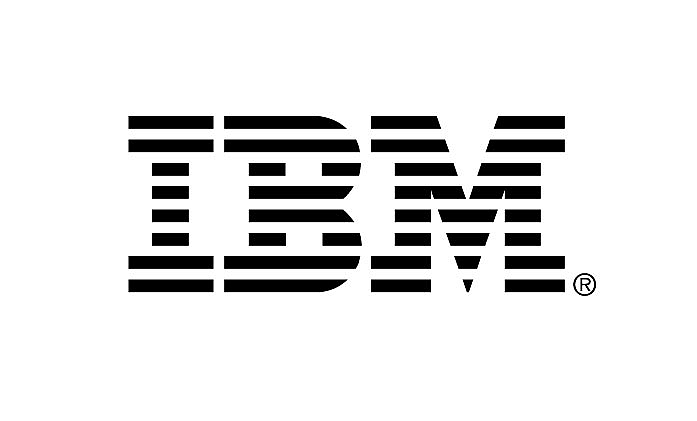IBM acquires Red Hat, becoming world’s No.1 hybrid cloud provider
“The acquisition of Red Hat is a game-changer. It changes everything about the cloud market,” said Ginni Rometty, IBM chairman, president, and CEO. “IBM will become the world's No.1 hybrid cloud provider, offering companies the only open cloud solution that will unlock the full value of the cloud for their businesses.”
 |
| The deal between IBM and Red Hat will completely change the cloud landscape |
“Most companies today are only 20 per cent along their cloud journey, renting computing power to cut costs,” she said. “The next 80 per cent is about unlocking real business value and driving growth. This is the next chapter of the cloud. It requires shifting business applications to hybrid cloud, extracting more data and optimising every part of the business, from supply chains to sales.”
Jim Whitehurst, president and CEO of Red Hat, also said that open source is the default choice for modern IT solutions, and he is incredibly proud of the role Red Hat has played in making that a reality in the enterprise.
“Joining forces with IBM will provide us with a greater level of scale, resources, and capabilities to accelerate the impact of open source as the basis for digital transformation and bring Red Hat to an even wider audience – all while preserving our unique culture and unwavering commitment to open source innovation,” he said.
This acquisition brings together the best-in-class hybrid cloud providers and will enable companies to securely move all business applications to the cloud. Companies today are already using multiple clouds. However, research shows that 80 per cent of business workloads have yet to move to the cloud, held back by the proprietary nature of today's cloud market. This prevents portability of data and applications across multiple clouds, data security in a multi-cloud environment, and consistent cloud management.
IBM and Red Hat will be strongly positioned to address this issue and accelerate hybrid multi-cloud adoption. Together, they will help clients create cloud-native business applications faster, drive greater portability and security of data and applications across multiple public and private clouds, all with consistent cloud management. In doing so, they will draw on their shared leadership in key technologies, such as Linux, containers, Kubernetes, multi-cloud management, and cloud management and automation.
What the stars mean:
★ Poor ★ ★ Promising ★★★ Good ★★★★ Very good ★★★★★ Exceptional
Related Contents
Latest News
More News
- Climate Finance Accelerator Vietnam begins search for projects seeking investment (December 18, 2025 | 17:22)
- Vietnam and Switzerland conclude SwissTrade (December 17, 2025 | 18:22)
- TECHFEST Vietnam 2025 links startups with policy and capital (December 15, 2025 | 18:21)
- MST to allocate $3.8 billion for sci-tech in 2026 (December 15, 2025 | 18:10)
- Long Thanh International Airport welcomes first Vietnam Airlines test flight (December 15, 2025 | 18:01)
- Health Innovation Hub: accelerating health equity through digital healthcare innovation (December 15, 2025 | 08:00)
- Vietnam’s first AI Law to take effect from March 2026 (December 12, 2025 | 09:00)
- Chi Communications joins SEA CAN alliance (December 11, 2025 | 17:39)
- New Law on High Technology sets incentives and safeguards (December 11, 2025 | 09:00)
- IBTE 2025 to return to Ho Chi Minh City this December (December 11, 2025 | 09:00)

 Tag:
Tag:
























 Mobile Version
Mobile Version